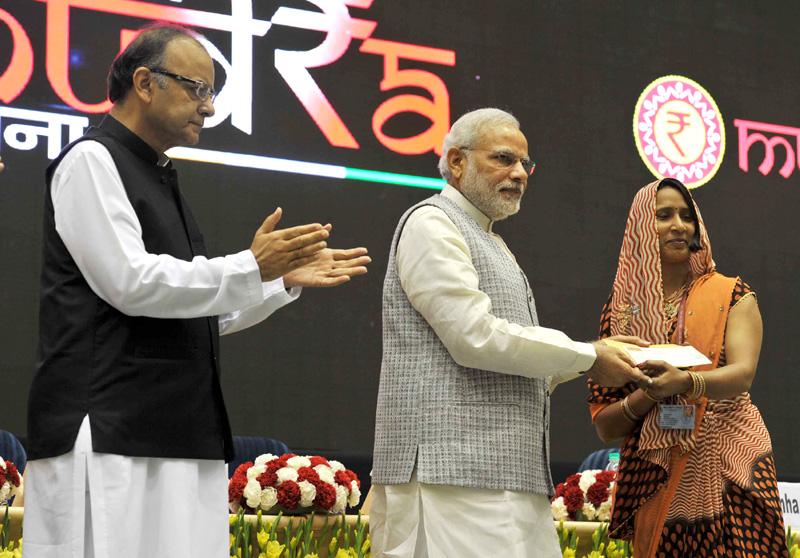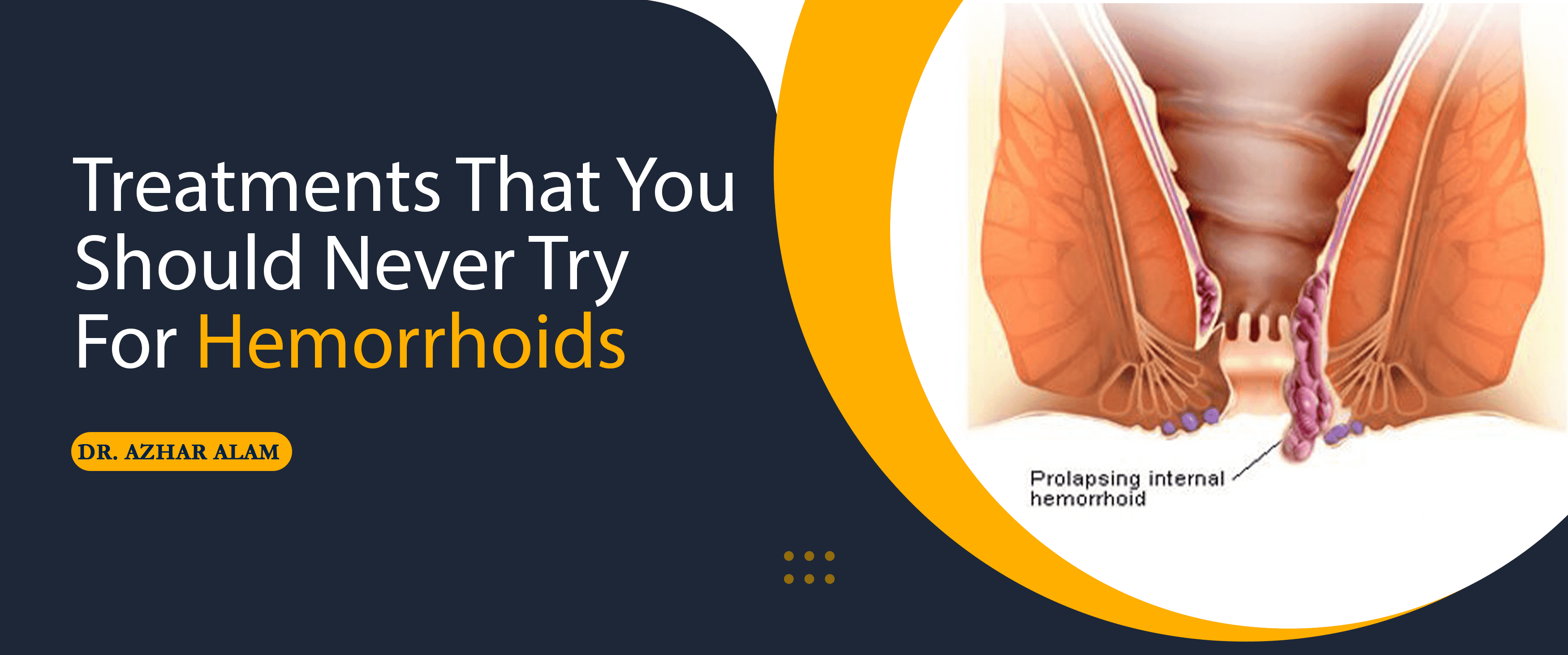Like in 2014, the magic of Prime Minister Narendra Modi remains intact. This time BJP is moving towards a bigger victory than before. In such a situation, let us understand some of the schemes of the Modi government, which have benefited a large number of people and it can be said that the BJP has benefited tremendously from it.
New Delhi
With the resolve of New India, the BJP is going to regain power with a thumping majority, thanks to the massive election campaign of Prime Minister Narendra Modi. Congress seems to be reduced to 52 seats while BJP alone can win 303 seats. If the seats won by the NDA allies are included, then 350 seats are seen in the alliance’s bag.
It is being called Modi wave 2.0. In such a situation, it is very interesting to understand that what were the major schemes in the first term of the Modi government , which benefited the most to the villages, poor, farmers, laborers and the exploited and marginalized sections of the society. Perhaps it was because of these schemes that caste equations also got blown up.
Let us understand about some of the major schemes of the Modi government
Ujjwala Yojana
During the election campaign, BJP had discussed a lot about the Prime Minister Ujjwala Yojana. Under this scheme, gas connections were distributed free of cost to a large number of poor families. The biggest benefit was to those poor mothers and sisters who were forced to cook in smoke. PM Modi launched this scheme on 1 May 2016 in Ballia. Under this, 7 crore LPG connections have been distributed to the families living below the poverty line.
Pradhan Mantri Shram Yogi Maandhan Yojana
It is a scheme to provide monthly pension of Rs 3000 after 60 years of age to the workers of the unorganized sector up to the age of 40 years.Its objective is to provide pension to workers in the unorganized sector with a monthly income of up to Rs 15,000. In the next five years, 10 crore workers are expected to join this scheme. Under this, the workers will have to deposit a very small amount every month in the pension scheme. The government will also contribute the same amount.
PM Kisan Samman Nidhi
Small and marginal farmer families (who will have land up to 2 hectares) will get the benefit of this scheme. Under this scheme for the next five years, the government will give 6 thousand rupees annually to the farmer families. The installments had also started reaching the farmers before the elections.
The government says that with the help of this, it will be easy for the farmers to meet the expenses of fertilizers, seeds, water and other expenses in preparing their crops. However, it was later announced that this financial help would be given to all the farmers.
Ayushman Bharat
It is a health insurance plan launched on 23rd September 2018. Under this, 10 lakh poor patients have been benefited so far and it is believed that this scheme has proved to be a game changer in the elections. This is directly benefiting the poor.
Even in cancer and heart related diseases, 50 crore Indians are getting health insurance of Rs 5 lakh annually.According to the census, 8.03 crore families in rural areas and 2.33 crore families in urban areas will come under the purview of Ayushman Bharat scheme.
Electricity in villages
Modi government has put all its strength in providing electricity to every household in remote villages. This created its image as a government thinking for the poor and the underprivileged. The government also publicized that even after so many years of independence, there was no electricity in hundreds of homes in the country, which was delivered.
Insolvency and Bankruptcy Act
This can be seen as a big success of the central government.In view of the initial success of this law, the government has added extensive provisions to it. Under this, efforts are made to repay the loan from the defaulters within the stipulated time.
Due to this effort, the financial condition of the banks has definitely improved to some extent. A special reason behind the success of the Insolvency and Bankruptcy Code is that now the defaulters of the bank are completely banned from auctioning and bidding their properties.
In fact, due to flexible provisions of the Board of Industrial and Financial Reconstruction, the NPAs of the banks were increasing very fast. These were directly affecting the banks and indirectly affecting the economy of the country.
Sanitation and Toilets
Under the Swachh Bharat Mission, since 2014, more than 9.2 crore toilets have been built across the country. Under this biggest campaign of its kind in the world, 500 million families have benefited and their standard of living has improved. With this scheme, mothers and sisters stopped going for open defecation, which led to a better opinion of the people towards the government.
Digital Transfer of Subsidy
Former Prime Minister Rajiv Gandhi once said that 100 paisa sent from the center remains 15 paisa by the time it reaches the poor.In such a situation, to eliminate the role of the middleman, the Modi government started a scheme to transfer the subsidy directly to the accounts of the beneficiaries.
Work on Infrastructure
Work was done to speed up the road, highway and metro network. According to a report, 12 km of highways were constructed in 2013-14, which increased to 27 km per day in 2017-18.
Pradhan Mantri Awas Yojana
It is a scheme to provide houses to the poor people living in cities according to their purchasing power. Under this, the house is to be made available to all by 2022. The government aims to construct more than 20 lakh houses. Interest subsidy can be availed on home loan for construction or purchase of first house under PMAY. Low-income group people can take advantage of Rs 2.60 lakh on home loan interest. The government has extended it till March 2020.






